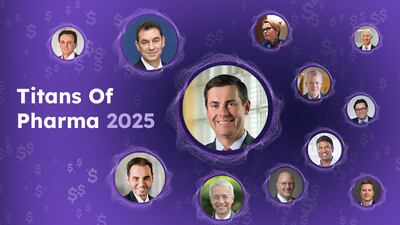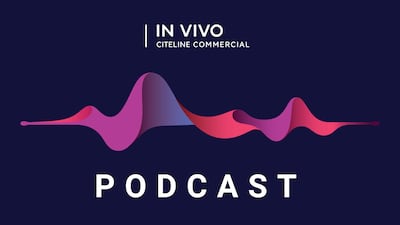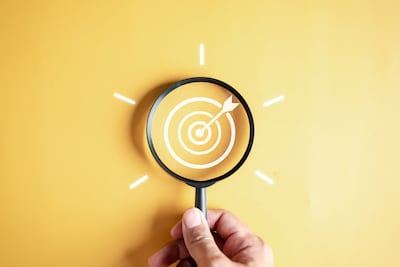Development of innovative pharmaceuticals is a time-consuming and costly process. Budget cuts, R&D facility closures as a result of industry consolidation, pressure from investors to deliver returns and other economic conditions have put a strain on the ability to fund the development of new drugs. There is also increased pressure to develop products in the most efficient way possible, especially as the more mature brands in a company's portfolio are susceptible to generic competition and present the reality of impending decreased sales. About $115 billion in total US brand sales is expected to face generic competition from 2014 to 2018, not including the additional loss of sales to biosimilars, according to the Pharmaceutical Research and Manufacturers of America. More than half of those sales ($60 billion) subject to generics are from the portfolios of the Big Pharma, Mid Pharma and Japan Pharma peer sets, groups of leading pharmaceutical companies globally. (See sidebar, Pharma R&D Efficiency: Big, Mid and Japan Pharma Peer Sets.) Compounding that, the pharmaceutical industry traditionally has high failure rates, with only about one in every 10 drugs (across all indications) beginning Phase I likely to be approved by the US Food and Drug Administration. (Also see "Clinical Trial Success Rates Still Dismal, But Certain Sectors Outperform" - In Vivo, 15 June, 2016.)
Big Pharma, or those defined by Informa's Datamonitor Healthcare as having $10 billion or more in annual revenue, excluding generics,...
Read the full article – start your free trial today!
Join thousands of industry professionals who rely on In Vivo for daily insights
- Start your 7-day free trial
- Explore trusted news, analysis, and insights
- Access comprehensive global coverage
- Enjoy instant access – no credit card required
Already a subscriber?







